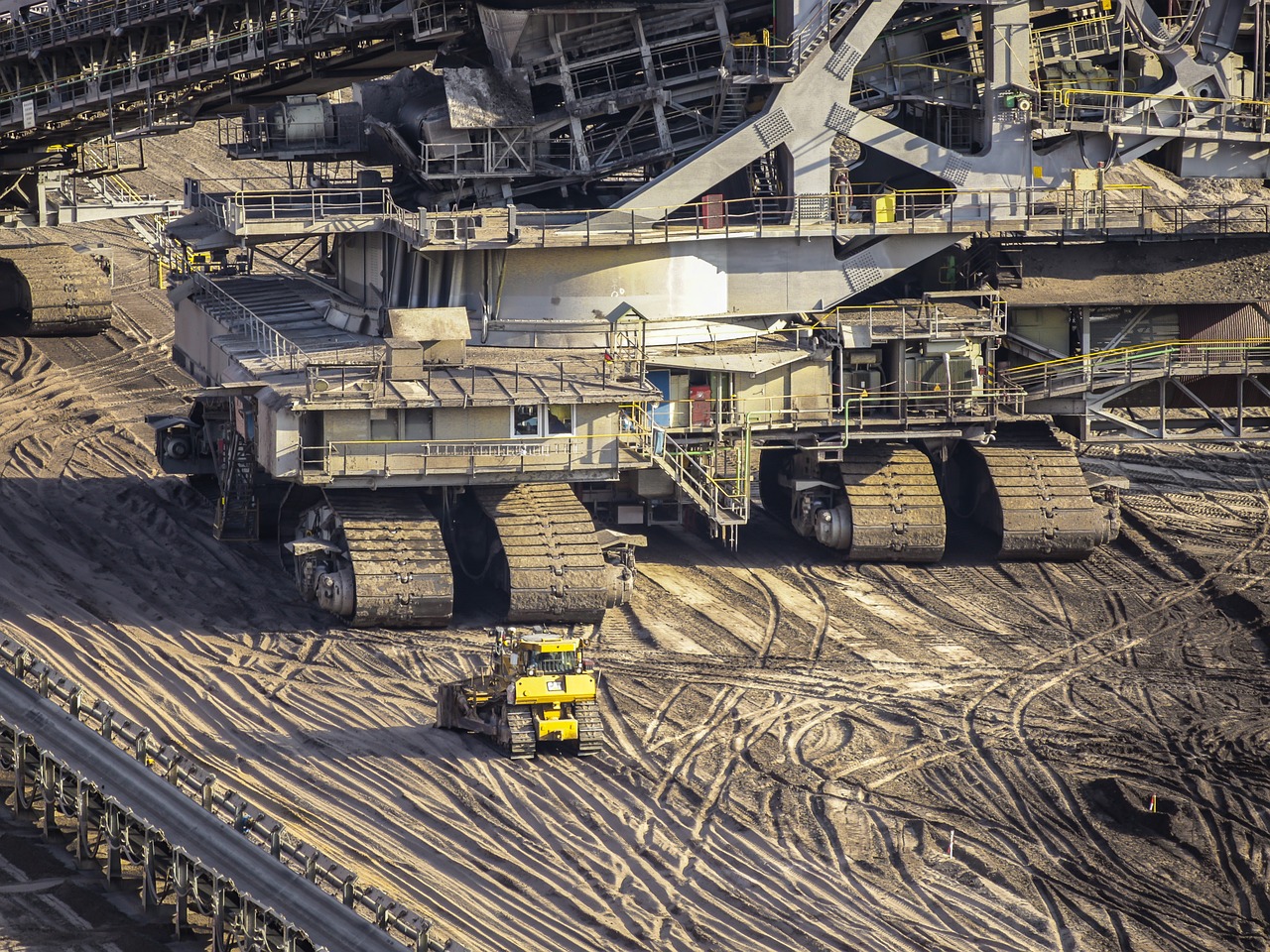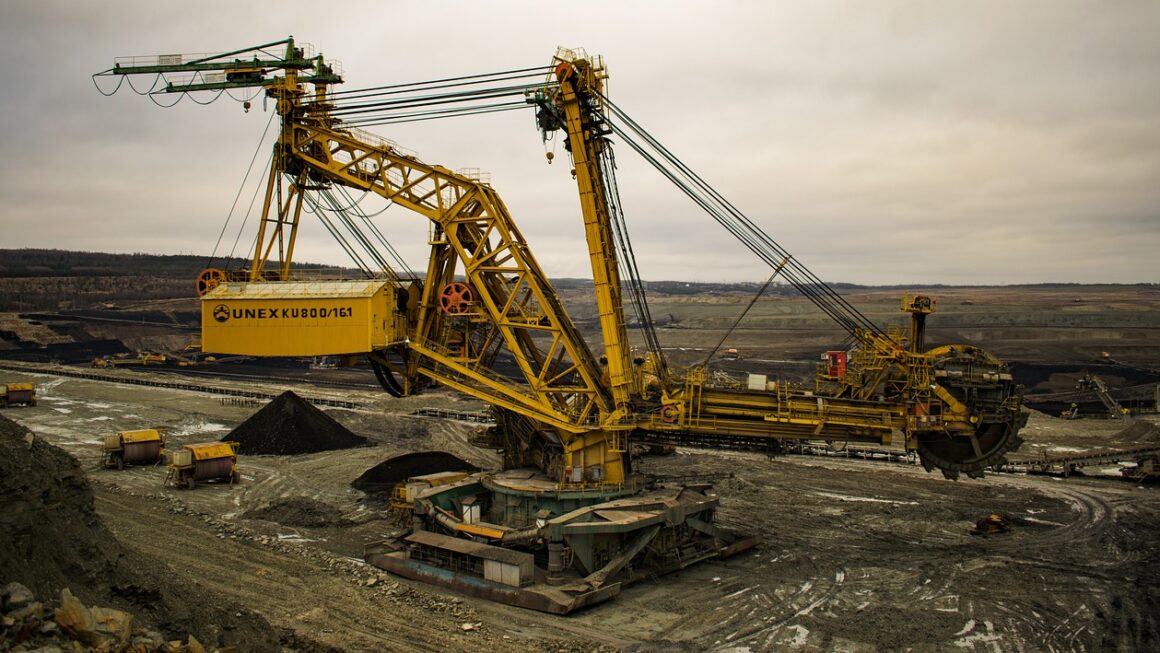Mining: Extracting Earth’s Resources for a Modern World
Mining is a crucial industry that underpins modern society, providing the raw materials necessary for everything from smartphones and buildings to cars and renewable energy infrastructure. From the deepest underground tunnels to vast open-pit mines, the processes involved are complex, technologically advanced, and often controversial. This post delves into the world of mining, exploring its methods, environmental impacts, and future trends.
What is Mining?
Mining is the process of extracting valuable minerals or other geological materials from the earth. These materials can include metals, coal, diamonds, oil shale, rock salt, potash, gravel, and clay. Mining activities range from small-scale artisanal mining to large-scale industrial operations, each with its own set of challenges and opportunities.
Types of Mining Methods
The choice of mining method depends on factors such as the type of resource, the depth and location of the ore body, geological conditions, and environmental considerations. Here are some of the most common methods:
- Surface Mining: Used when ore bodies are located close to the surface.
Open-Pit Mining: Involves excavating ore from an open pit or borrow. Example: Copper mines in Chile.
Strip Mining: Removing layers of soil and rock (overburden) to expose coal seams. Example: Coal mines in Wyoming, USA.
Mountaintop Removal Mining: Controversial method involving blasting away mountaintops to access coal seams.
Quarrying: Extracting stone, rock, sand, and gravel from the earth.
- Underground Mining: Used when ore bodies are located deep beneath the surface.
Room and Pillar Mining: Creating a network of rooms supported by pillars of ore. Common for coal and salt.
Longwall Mining: Using a shearer to cut coal from a long wall, allowing the roof to collapse behind it. Highly efficient but requires significant investment.
Sublevel Stoping: Mining ore between levels in an underground mine using blasting and gravity to move the ore.
- Solution Mining (In-Situ Leaching): Dissolving minerals in place and pumping the solution to the surface for processing. Commonly used for uranium and copper. Example: Uranium mines in Kazakhstan.
- Placer Mining: Extracting valuable minerals from alluvial deposits (sand and gravel). Often used for gold.
Panning: Separating gold from sand and gravel using a pan.
Sluicing: Using a sluice box to separate gold from sand and gravel using running water.
Dredging: Using a floating dredge to excavate and process alluvial deposits.
The Mining Process: From Exploration to Closure
The mining process involves several stages, from initial exploration to site closure and reclamation.
Geophysical Surveys: Using techniques like seismic reflection and magnetic surveys to map subsurface geology.
Geochemical Analysis: Analyzing soil, rock, and water samples to identify areas with elevated concentrations of valuable minerals.
Crushing and Grinding: Reducing the size of the ore particles to facilitate mineral separation.
Flotation: Separating minerals based on their surface properties using chemical reagents and air bubbles.
Leaching: Dissolving valuable minerals from the ore using a chemical solution.
Revegetation: Planting native species to stabilize the soil and restore vegetation cover.
Water Treatment:* Treating contaminated water to remove pollutants before discharge.
The Importance of Mining in Modern Society
Mining provides the raw materials that are essential for countless industries and applications.
Key Resources Obtained Through Mining
- Metals: Iron, copper, aluminum, gold, silver, and other metals used in construction, manufacturing, electronics, and transportation.
- Energy Resources: Coal, uranium, and oil shale used for electricity generation.
- Industrial Minerals: Sand, gravel, limestone, clay, and other minerals used in construction, agriculture, and manufacturing.
- Rare Earth Elements: Used in electronics, magnets, and renewable energy technologies. China currently dominates the rare earth element market.
Applications Across Industries
- Construction: Steel, concrete, and aggregates derived from mining are used in buildings, roads, and bridges.
- Electronics: Copper, gold, and rare earth elements are essential for smartphones, computers, and other electronic devices.
- Transportation: Aluminum, steel, and lithium are used in cars, airplanes, and other vehicles.
- Renewable Energy: Lithium, cobalt, and nickel are critical for batteries used in electric vehicles and energy storage systems. Solar panels require materials such as silicon and rare earth elements.
Economic Benefits of Mining
Mining contributes significantly to economic growth by creating jobs, generating tax revenues, and supporting local communities.
- Job Creation: Mining provides direct employment in extraction, processing, and transportation, as well as indirect employment in related industries.
- Tax Revenues: Mining companies pay taxes and royalties to governments, which can be used to fund public services.
- Community Development: Mining companies often invest in local infrastructure, education, and healthcare.
Environmental and Social Impacts of Mining
Mining activities can have significant environmental and social impacts, requiring careful management and mitigation measures.
Environmental Concerns
- Habitat Destruction: Mining can destroy or fragment habitats, impacting biodiversity and ecosystem services.
- Water Pollution: Mining can contaminate surface and groundwater with heavy metals, chemicals, and sediments. Acid mine drainage (AMD) is a major concern.
- Air Pollution: Mining activities can generate dust, emissions from equipment, and releases of harmful gases.
- Land Degradation: Mining can result in soil erosion, landslides, and visual scarring of the landscape.
Social Concerns
- Displacement of Communities: Mining projects can displace local communities, disrupting livelihoods and cultural traditions.
- Human Rights Abuses: Mining can be associated with human rights abuses, such as forced labor, child labor, and violence against local communities.
- Health Impacts: Exposure to mining-related pollutants can cause respiratory problems, cancer, and other health issues.
Mitigation and Sustainability Strategies
- Environmental Impact Assessments (EIAs): Conducting thorough EIAs to identify and assess potential environmental and social impacts before starting a mining project.
- Best Management Practices (BMPs): Implementing BMPs to minimize environmental impacts, such as dust control, water treatment, and erosion control.
- Stakeholder Engagement: Engaging with local communities, governments, and other stakeholders to address concerns and build consensus.
- Reclamation and Rehabilitation: Restoring mine sites to a stable and environmentally acceptable condition after mining operations cease.
- Responsible Sourcing: Promoting responsible sourcing of minerals to ensure that mining operations are conducted in an environmentally and socially responsible manner. Initiatives such as the Conflict Minerals Reporting Template (CMRT) aim to ensure conflict-free sourcing.
- Circular Economy Principles: Reducing waste and maximizing the reuse and recycling of materials. Recovering valuable metals from electronic waste is a growing area.
Future Trends in Mining
The mining industry is constantly evolving to meet the challenges of a growing global population, increasing demand for resources, and growing environmental concerns.
Technological Advancements
- Automation and Robotics: Using autonomous vehicles, drones, and robots to improve efficiency, safety, and productivity. Automated haul trucks are already deployed in some mines.
- Data Analytics and Artificial Intelligence: Using data analytics and AI to optimize mining operations, predict equipment failures, and improve resource management.
- Advanced Sensors and Monitoring: Using sensors to monitor environmental conditions, equipment performance, and worker safety.
Sustainability Initiatives
- Green Mining: Developing mining methods that minimize environmental impacts and promote sustainability. This includes reducing water and energy consumption, minimizing waste generation, and restoring ecosystems.
- Electrification: Replacing diesel-powered equipment with electric vehicles and machinery to reduce greenhouse gas emissions and improve air quality.
- Carbon Capture and Storage: Capturing carbon dioxide emissions from mining operations and storing them underground.
Resource Efficiency and Recycling
- Urban Mining: Recovering valuable materials from electronic waste, construction debris, and other urban sources.
- Mineral Processing Innovations: Developing more efficient and environmentally friendly mineral processing techniques. This includes using bioleaching (using microorganisms to extract metals) and hydrometallurgy (using aqueous solutions to extract metals).
- Extended Producer Responsibility (EPR): Making producers responsible for the end-of-life management of their products.
Conclusion
Mining remains a critical industry for providing the resources needed to support modern society. However, it is essential to balance the economic benefits of mining with the need to protect the environment and respect the rights of local communities. By embracing technological advancements, promoting sustainability initiatives, and prioritizing resource efficiency and recycling, the mining industry can contribute to a more sustainable and prosperous future. The future of mining hinges on its ability to innovate and adapt to address the environmental and social challenges it faces.




